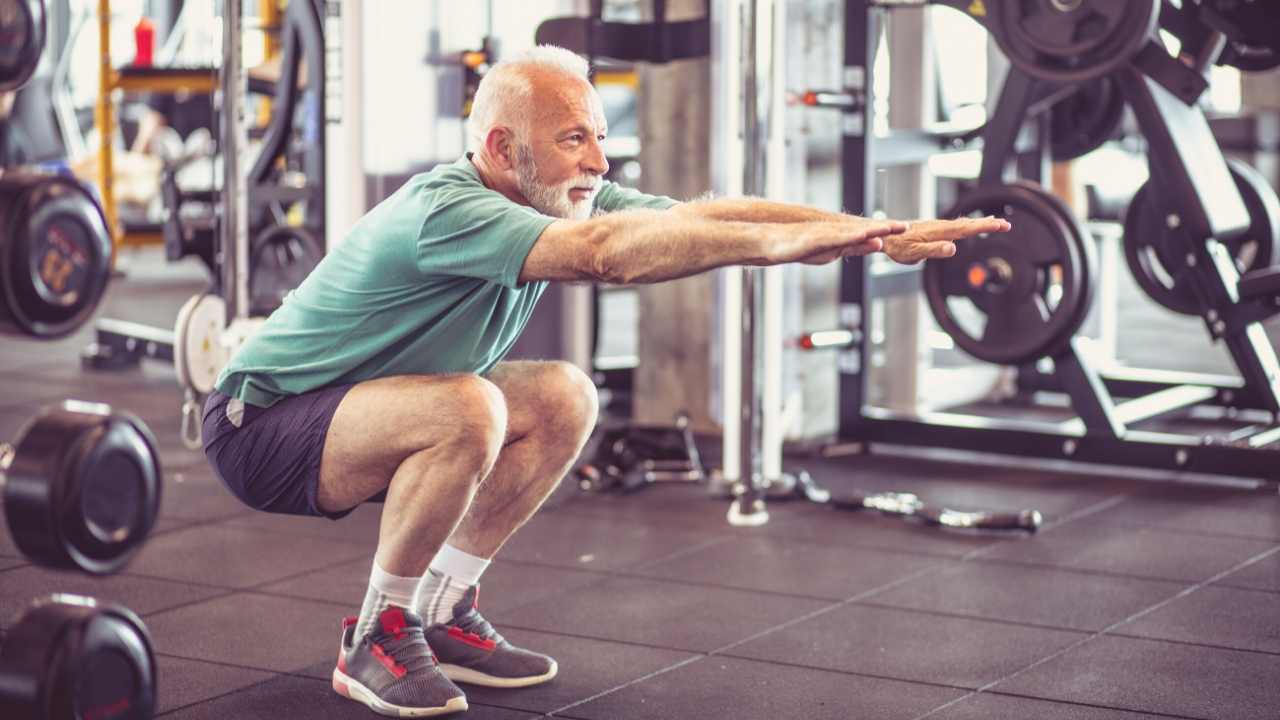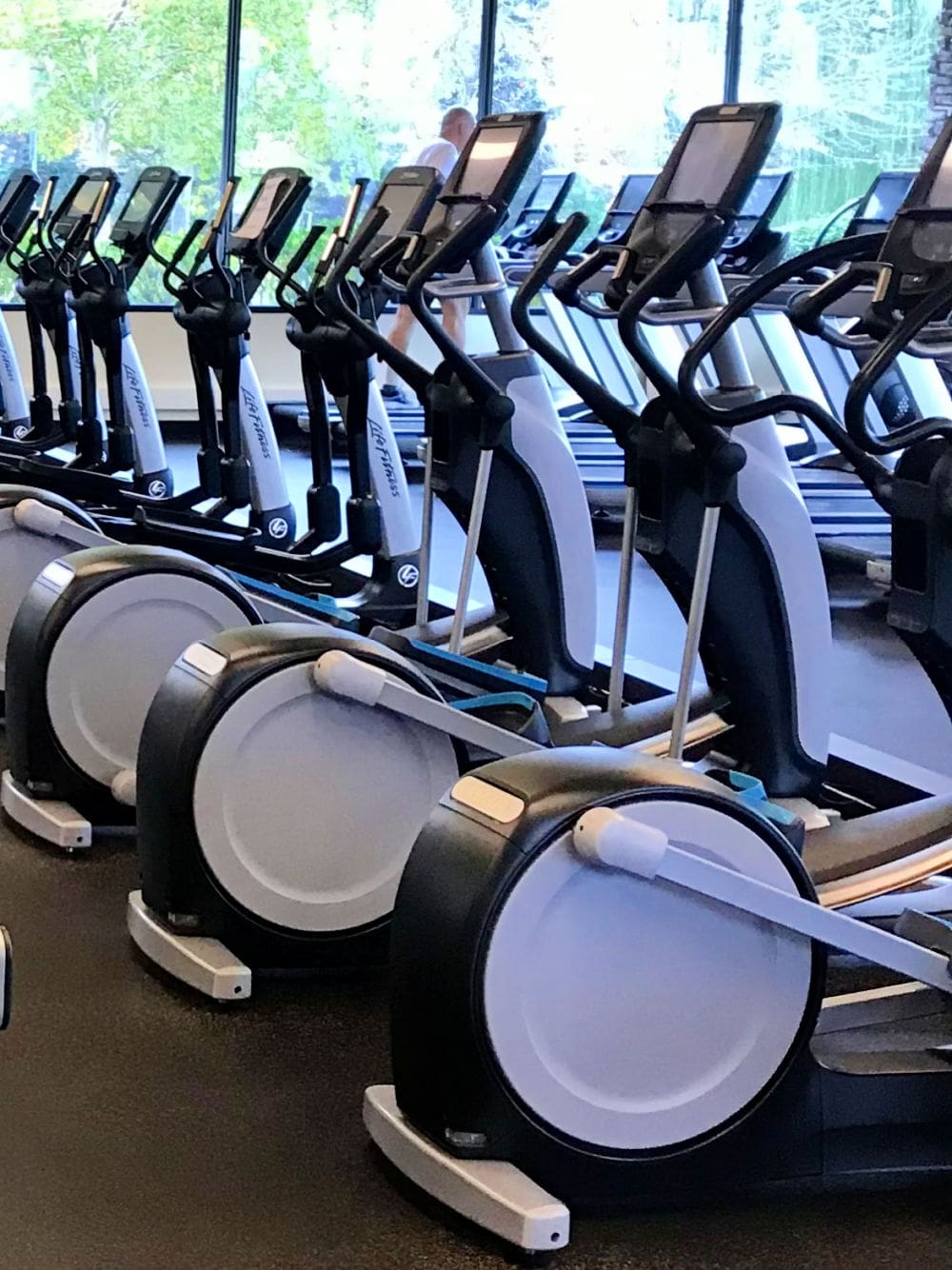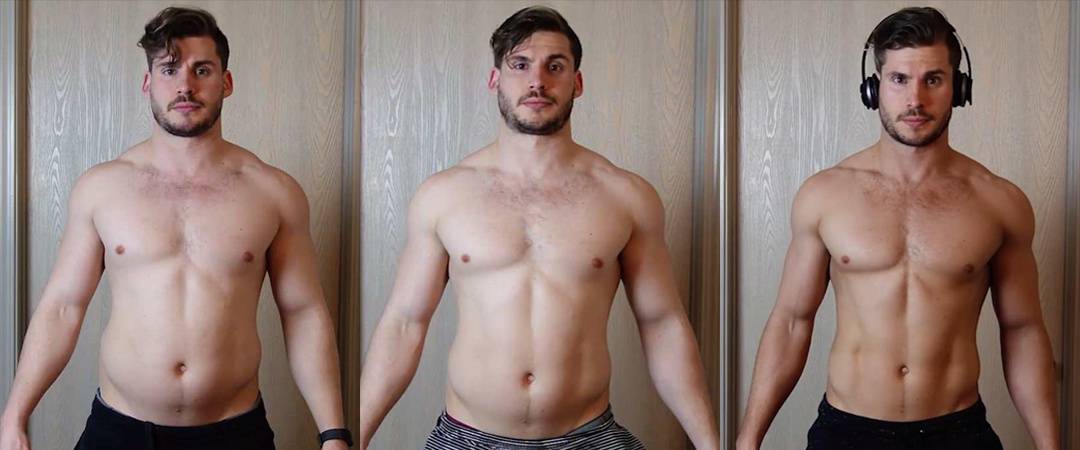
Full body exercises can be a great way of increasing your fitness level and building strong muscles mass. You can complete full body exercises in as little as half an hour. The full body workout targets multiple muscle groups, which can help you achieve your fitness goals. This is a great way to work out your entire body. It also increases your tensegrity and musculature stability.
Squats provide a full body workout that targets a wide variety of muscle groups. Squats emphasize the back, shoulders, core, and abs. You can do squats at any hour, even during your lunch break. You just need to pull your shoulders, hips, and butts back, while keeping your thighs parallel with the ground. Your heels should be used to support you as you lower yourself.

Another great exercise that targets the entire body is the burpee. It targets your entire body and will make sure that the legs hit the ground as hard as possible. It will also engage the core and upper body. Even if you are sitting, it will increase your heart rate. Rowers can be used for HIIT training and low intensity steady sessions. They also work the lower body and increase your overall strength. You can do many different types of exercises using a rower.
Squats provide a great way to work your whole body and can be done anywhere. They can help you get in shape and lose weight. These are easy to do from anywhere. These are not only great for your whole body, but they also make great warm up exercises. You can use almost any environment to get a full-body workout. Here are some great full-body exercises. Just remember to do them safely to avoid injury.
For beginners, the pull-up is one of your best body exercises. You can strengthen every muscle with the pull up. It works all of your body, even your legs. It can also be used to tone and burn fat. A home workout is possible if you are looking for a total-body workout. This is a great way to improve your fitness and build a well-rounded physique.

The best whole-body exercises will target multiple muscle groups, and are a great way of building strength. Push-ups, squats and lunges are all possible. This will allow you to build strength and control over the ground. These exercises will help you lose fat and increase your muscle mass if you do them correctly. Strong core will be a benefit of the best total body exercise. It will tone your entire body as well as improve your mental health.
FAQ
What is the difference between a calorie or a kilocalorie.
Calories can be used to measure how much energy is in food. Calories is the unit of measurement. One calorie is the amount of energy required to heat one gram water one degree Celsius.
Kilocalories is another name for calories. Kilocalories measure in thousandths a calorie. 1000 calories are equal to one kilocalorie.
What are the best 10 foods to eat?
These are 10 of the best foods to eat.
-
Avocados
-
Berries
-
Broccoli
-
Cauliflower
-
Eggs
-
Fish
-
Grains
-
Nuts
-
Oats
-
Salmon
Do I need to count calories
Perhaps you are wondering what the best diet is for you. or "is counting calories necessary?" Well, the answer depends on several factors including your current health status, your personal goals, your preferences, and your overall lifestyle.
The Best Diet For Me: Which One Is Right?
My current health status, personal goals, preferences, and overall lifestyle all play a role in choosing the right diet. There are many good and bad diets. Some work well for certain people while others don't. So what should I do? How can I make the best decision?
These questions are addressed in this article. The article starts by introducing the many types of diets currently available. Then, the pros and cons of each type of diet are discussed. Finally, we'll look into how to choose the best one for you.
To begin, let's take a quick look at the different types of diets.
Diet Types
There are three main types. Low fat, high proteins, and ketogenic. Let's discuss them briefly below.
Low Fat Diets
A low-fat diet restricts fat intake. This is done by reducing your intake of saturated oils (butter, cream cheeses, etc.). It is possible to replace these saturated fats with unsaturated ones (olive oil or avocados). For those looking to lose weight quickly, a low-fat diet is often recommended. This diet can cause constipation, heartburn, and stomach problems. If a person doesn’t receive enough vitamins from their foods, this can lead to vitamin deficiency.
High Protein Diets
High-protein diets limit carbohydrates and favor proteins. These diets usually have higher amounts of protein than other diets. These diets are meant to increase muscle mass, and burn more calories. The downside is that they may not provide adequate nutrition for someone who needs to eat regularly. They can also be very restrictive so they may not be suitable for everyone.
Ketogenic Diets
Also known as keto diets, ketogenic diets are also called keto diets. They are high in fat and moderate in protein and carbs. These are often used by bodybuilders and athletes because they allow them the ability to train harder and for longer periods of time without feeling tired. You must adhere to all side effects, including fatigue, headaches, nausea and headaches.
What are the 7 tips to have a healthy life?
-
Make sure you eat right
-
Exercise regularly
-
Good sleep
-
Make sure to drink plenty of water.
-
Get adequate rest
-
Be happy
-
Smile often
What should I eat?
Consume lots of fruits, vegetables. They are rich in vitamins that can strengthen your immune system. They are also rich in fiber, which is good for digestion and makes fruits and vegetables filling. You should eat at least five servings per day of fruit or veg.
Get plenty of water. Water helps flush toxins out of your body and makes you feel fuller between meals. Drink about eight glasses each day.
Whole grains are better than refined ones. Whole grains have all their nutrients intact, including B vitamins, iron, zinc, magnesium, calcium, and protein. Refined grains lack some nutrition.
Avoid sugary drinks. Sugary drinks are high in empty calories and can lead to obesity. Instead, choose water, milk, and unsweetened tea.
Avoid fast food. Fast food has little nutritional value. Although it may taste delicious, fast food won't provide you with the energy you need for your daily activities. Avoid soups, sandwiches and other unhealthy options.
Limit your alcohol consumption. Alcohol contains empty calories and contributes to poor nutrition. Limit yourself to no more than two alcoholic beverages a week.
Red meats should be avoided. Red meats are high-in saturated fat and cholesterol. Lean cuts of beef or pork, lamb and chicken, as well as fish, are better choices.
Is cold an indication of a weaker immune system?
It is said that there are 2 types of people: those who love winter (and those who hate it). You may wonder why you feel so bad when it's cold, regardless of whether you love it or hate it.
The truth is that our bodies are built to work best when it's warm. We evolved to thrive in hot environments because of the abundance of food resources.
However, our environment is quite different than that of our ancestors. We spend a lot more time indoors, and are often exposed at extreme temperatures (cold and hot), and we eat processed foods over fresh.
This means that our bodies aren’t used to these extremes. So, when we do venture outside, we often feel exhausted, sluggish, or even sick.
These effects can be reversed, however. Keep your body hydrated. You can help flush toxins out of your body by drinking plenty of water.
Also, ensure you eat healthy food. The best way to maintain your body's optimal temperature is by eating nutritious food. This is especially true for people who spend long hours indoors.
It is worth taking a few extra minutes each day to meditate. Meditation is a great way to relax your body and mind. It makes it easier for you to cope with stress and illness.
What is the best way to eat?
There are many factors that influence the best diet, including your gender, age, weight, health condition, lifestyle, and personal preferences. You should also consider how much energy your exercise consumes, whether you like low-calorie or high-calorie foods, and what you enjoy in terms of eating fruits and veggies.
Intermittent Fasting is an alternative to traditional fasting if you are looking to lose weight. Intermittent fasting allows you to consume only certain meals per day, instead of eating three large meals. This might be better for you than traditional diets, which have daily calorie counts.
Research suggests that intermittent fasting may increase insulin sensitivity and lower inflammation. This can result in a reduction in blood sugar levels and a reduced risk of developing diabetes. Other research suggests that intermittent fasting may promote fat loss and improve overall body composition.
Statistics
- The Dietary Guidelines for Americans recommend keeping added sugar intake below 10% of your daily calorie intake, while the World Health Organization recommends slashing added sugars to 5% or less of your daily calories for optimal health (59Trusted (healthline.com)
- WHO recommends reducing saturated fats to less than 10% of total energy intake; reducing trans-fats to less than 1% of total energy intake; and replacing both saturated fats and trans-fats to unsaturated fats. (who.int)
- According to the Physical Activity Guidelines for Americans, we should strive for at least 150 minutes of moderate intensity activity each week (54Trusted Source Smoking, harmful use of drugs, and alcohol abuse can all seriously negatively affect your health. (healthline.com)
- nutrients.[17]X Research sourceWhole grains to try include: 100% whole wheat pasta and bread, brown rice, whole grain oats, farro, millet, quinoa, and barley. (wikihow.com)
External Links
How To
27 Steps to achieve a healthy lifestyle when your family only buys junk food
It is easy to eat healthy when you cook at home. It can be difficult to cook healthy meals at home. This article will offer some suggestions on making healthier dining choices at restaurants.
-
Consider eating at restaurants that serve healthy meals.
-
Before you order any meat dishes, make sure to order salads or vegetables.
-
Ask for sauces that aren't sweetened.
-
Avoid fried foods.
-
Choose grilled meats over fried.
-
Order dessert only if you absolutely need it.
-
You should always have something to eat after your dinner.
-
Always eat slowly and chew your food thoroughly.
-
Eat water.
-
Do not skip breakfast, lunch or dinner.
-
Fruits and vegetables are a great addition to every meal.
-
Choose milk over soda
-
Sugary drinks are best avoided.
-
Reduce the salt content of your diet.
-
Try to limit your frequent visits to fast-food restaurants.
-
If temptation is too strong for you, invite someone to be your friend.
-
Don't let your children watch too much TV.
-
During meals, turn off the TV.
-
Do not consume energy drinks.
-
Take regular breaks from the office.
-
Get up early and go for a run.
-
Get active every day.
-
Start small, and work your way up.
-
Set realistic goals.
-
Be patient.
-
You can exercise even when you don't feel like doing it.
-
Positive thinking is important.